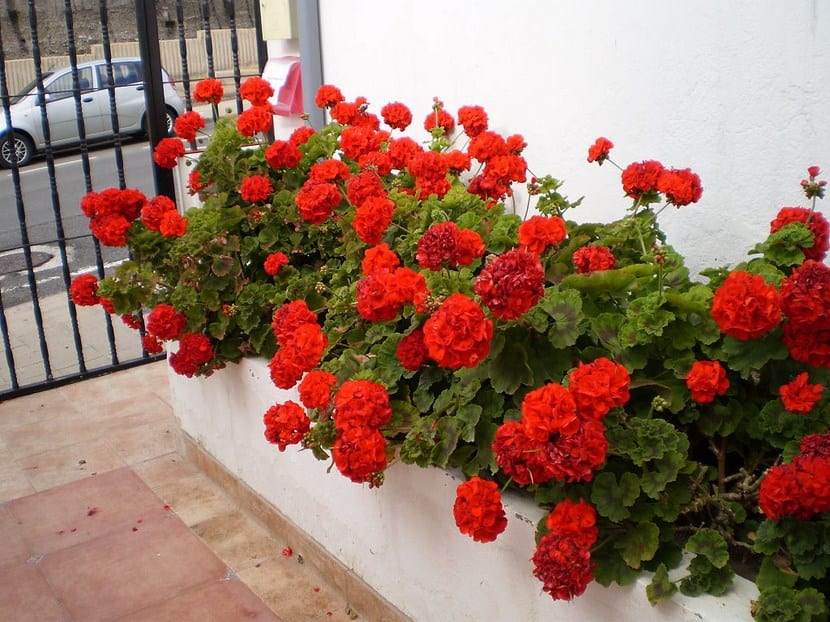
Geraniums are plants that inhabit many balconies and terraces as they are very showy and easy to care for. It is enough to have some pots with a little soil and add some water to them to give life to the air spaces with their magical colors.
It is common for the ladies of the house to multiply their geraniums by transplanting them from pot to pot in order to have more color and that is why today we will dedicate ourselves to studying how to transplant geraniums.
When are geraniums transplanted?
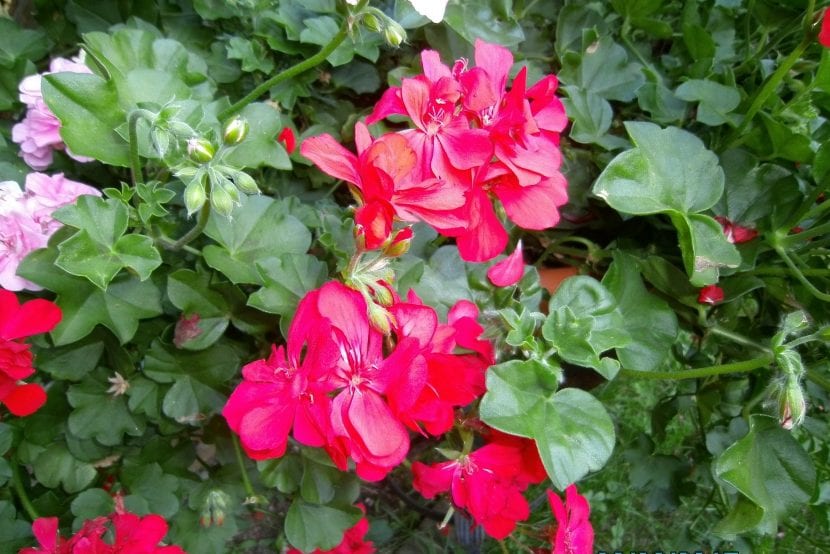
Geraniums are plants native to temperate and warm regions, especially Africa. They can be herbaceous or shrubby plants, but those that are more commercialized grow as low shrubs, being able to have a more or less upright or hanging bearing.
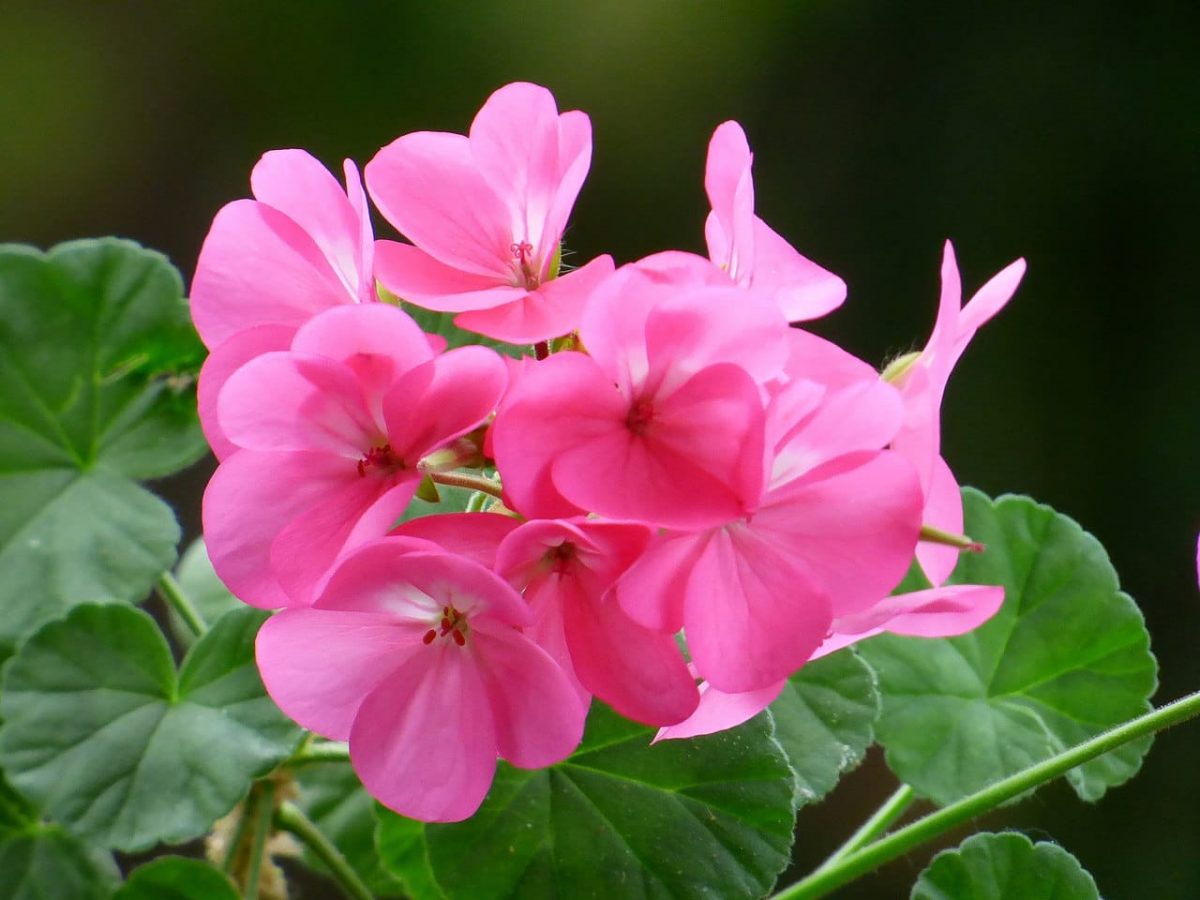
Their growing season coincides with spring and summer, which is when temperatures are warm and even very hot. For this reason, the transplant must be carried out shortly before or shortly after its winter rest, since it is when, in case we accidentally split a branch or some roots, the amount of lost sap would be little and the plant could recover without problems.
But beware, you do not have to change them every year, only if we see that roots are coming out of the drainage holes, or if more than two years have passed after the last transplant and we notice that it hardly grows.
How to transplant geraniums?
In this video, starting at minute 0:15, you can see how it is done step by step:
Necessary materials
It is important and highly recommended to prepare everything that will be needed before transplanting geraniums, since this will make the task much easier to carry out. So do not hesitate to put the following on the table where you are going to work:
- Pot with drainage holes. The diameter must be slightly higher (no more than 6cm) than the 'old' pot has.
- Substratum. It can be the universal one sold in all nurseries and garden stores, although you can buy it from here also.
- Watering can with water. Essential to moisten the substrate after transplantation.
- Rooting hormones o homemade rooting agents. In case you want to take advantage and plant cuttings 😉.
Step by step
Once you have everything, it is time to move on to perform the task, that is, to transplant the geraniums as follows:
Fill the pot with substrate a little
With your hands or a small plastic shovel fill the pot a little with the substrate. Do not fill it completely, I insist, a little less than half will suffice.
Remember that the plant does not have to be too high or too low.
Extract the geranium from the 'old' pot
Tap the pot a few times so that the soil peels off of it. Now, lay down the geranium and carefully extract it, holding it by the base of the stem and pulling it to the side (in a straight line) while you are applying some pressure with your fingers on the pot.
Place it in the center of the 'new' pot
The next step is to take the geranium and place it in the new pot, more or less in the center. See that it is not too high: the surface of the root ball should be about 0cm below the edge of the container.
Fill with substrate and water
To finish, you will only have to finish filling the pot and water conscientiously to moisten the earth well.
Multiplying geraniums by cuttings
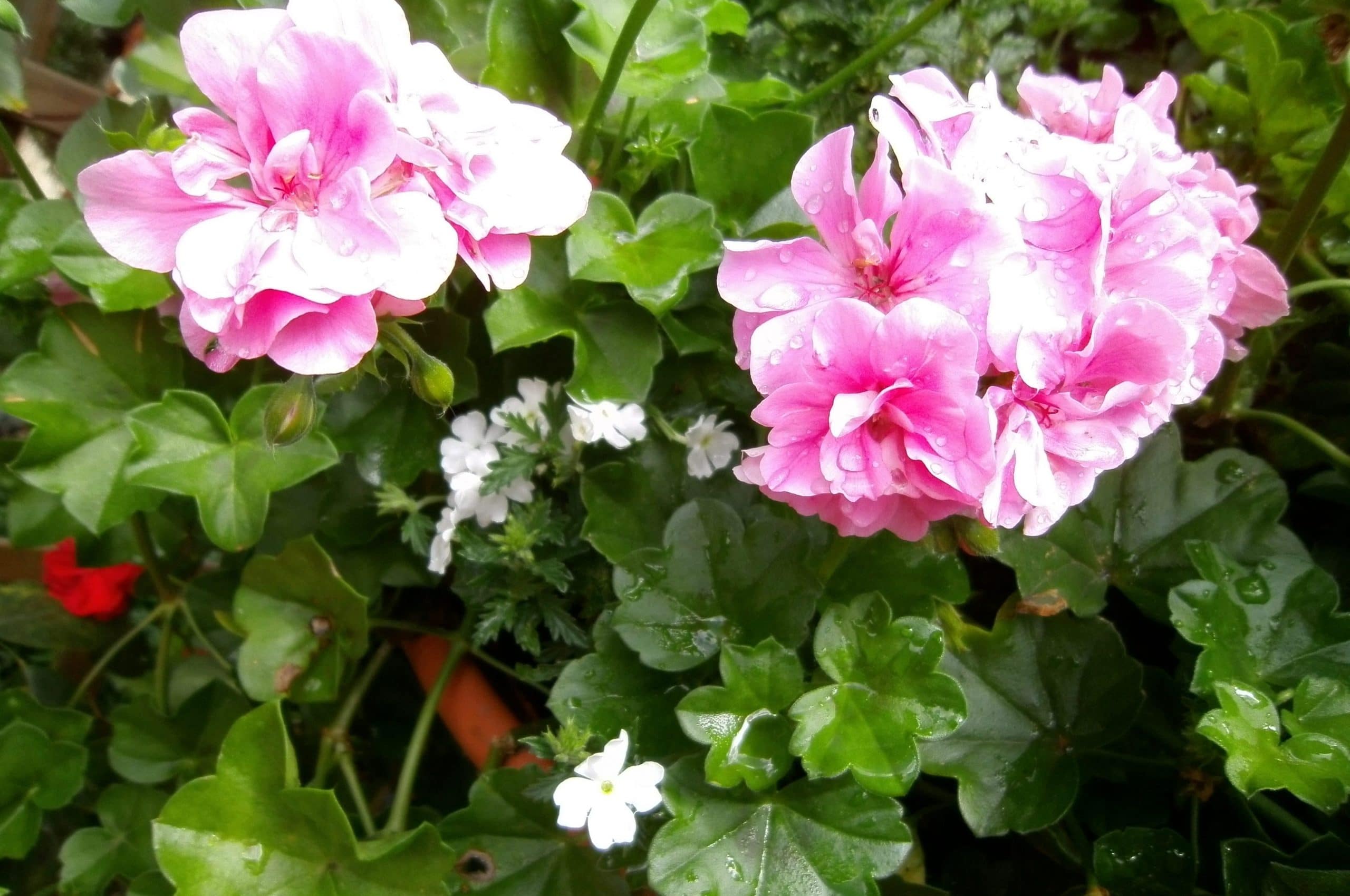
If you want to take advantage of and multiply the geranium by cuttings, the first thing you have to do when transplanting geraniums is choose a geranium stem without a flower that is at least ten centimeters long.
Be careful when removing it so as not to damage the mother plant. How to do it? Well, hold the lower part of the stem and with the other hand tilt the head so that it breaks just below the leaf. Then wet the bottom of the stem with rooting hormones (on sale No products found.).
After choose a small pot, about 8,5 to 10,5 cm in diameter, and place in it universal substrate in order to help the rooting of the stem. Make a hole in the ground and deposit the stem, covering the inner part with soil and watering abundantly.
The next is cover the pot with plastic and let it rest for several days in the shade to avoid evaporation. Make a few holes in it with the tip of a scissors or a knife so that the air can circulate a little.
Let rest
Once the sprout has been planted, you must always let it rest, checking that the soil of the plant does not dry out too much. In that case, you have to water.
About two weeks after planting the cuttings, the sprout has probably taken root. Then, you just have to remove the plastic, take it to a semi-shady place and not water excessively in order to wait for the ideal season to plant geraniums, which occurs in the month of May.
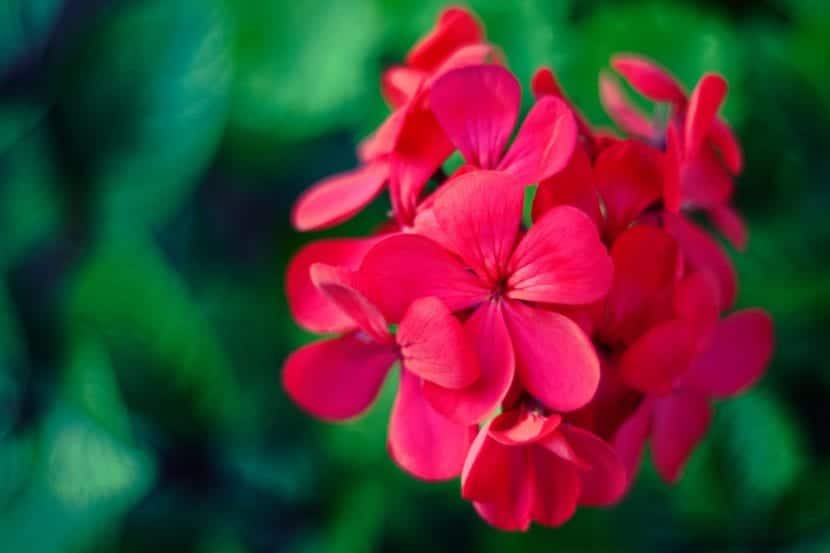
That's how easy it is to transplant geraniums 😉.